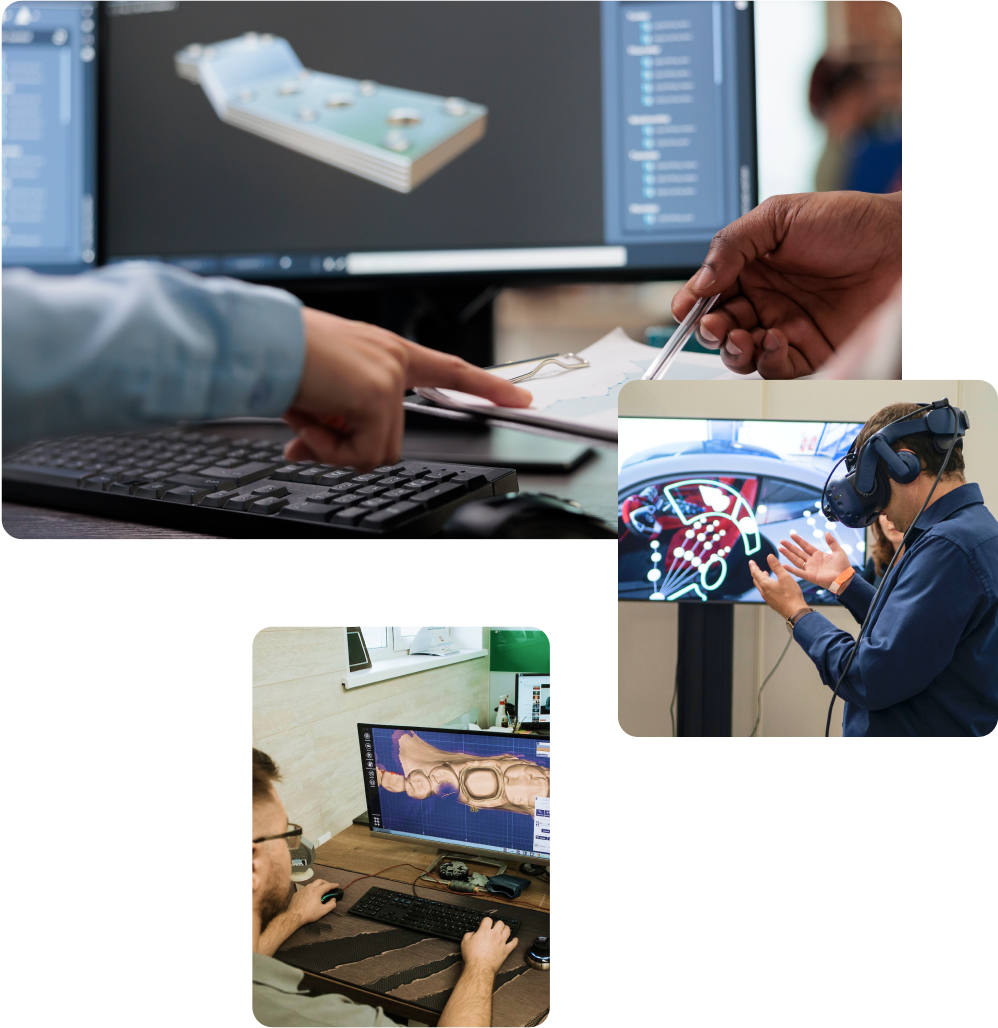Instagram, FaceBook, Snapchat TikTok Filters
SUPPORT
Detroit
Saudi Arabia
© 2025
BrandXR. All Rights Reserved. Website designed by Unleash Media.
This is the text area for this paragraph. To change it, simply click and start typing. Once you've added your content, you can customize its design by using different colors, fonts, font sizes and bullets. Just highlight the words you want to design and choose from the various options in the text editing bar.
This is the text area for this paragraph. To change it, simply click and start typing. After adding your content, you can customize it.
Training and Simulation are the fastest growing industry of VR/AR.
Allowing users to "learn while doing" is not only more engaging than other forms of training, but users learn quicker and trainers can get much more accurate data on their training outcomes.
Use Cases: Digital Twins, AR Hotspots, Interactive Step-by-Step Guides, Simulations
Shoppers are 10x more likely to purchase a product after visualizing it in AR and brands are seeing 3x more product engagement.
Use Cases: "Try Before You Buy" Product Visualizations, Interactive Product Configurators, Virtual Stores

Training and Simulation are the fastest growing industry of VR/AR.
Allowing users to "learn while doing" is not only more engaging than other forms of training, but users learn quicker and trainers can get much more accurate data on their training outcomes.
Use Cases: Digital Twins, AR Hotspots, Interactive Step-by-Step Guides, Simulations

Training and Simulation are the fastest growing industry of VR/AR.
Allowing users to "learn while doing" is not only more engaging than other forms of training, but users learn quicker and trainers can get much more accurate data on their training outcomes.
Use Cases: Digital Twins, AR Hotspots, Interactive Step-by-Step Guides, Simulations
AR Experiences are user-generated content machines that can produce millions of viral fan videos and photos
Use Cases: Bring Print & Packaging to Life with AR, Branded Mini-Games, Social AR Filters, Virtual Events

If you can dream it, we can build it. Collaborate with BrandXR’s Pro Services Team today.
The BrandXR ProServices Team is made of 3D modelers, animators, business strategists, Unity, Unreal, and App developers with decades of experience.


Instagram, FaceBook, Snapchat TikTok Filters

2D/3D Art & Animation Production

3D Product Visuals & Digital Twins

Custom Android & iOS Apps

Creative as a Service & Metaverse Strategy Consulting

Custom Programming & Feature Development

Moody Mattan, CEO of BrandXR, presented "Welcome to the Metaverse" at TEDxDetroit 2021. Watch the talk to learn important Metaverse concepts and why brands are racing to join the Metaverse.

SUPPORT
Detroit
Saudi Arabia
BrandXR. All Rights Reserved. Website designed by Unleash Media.